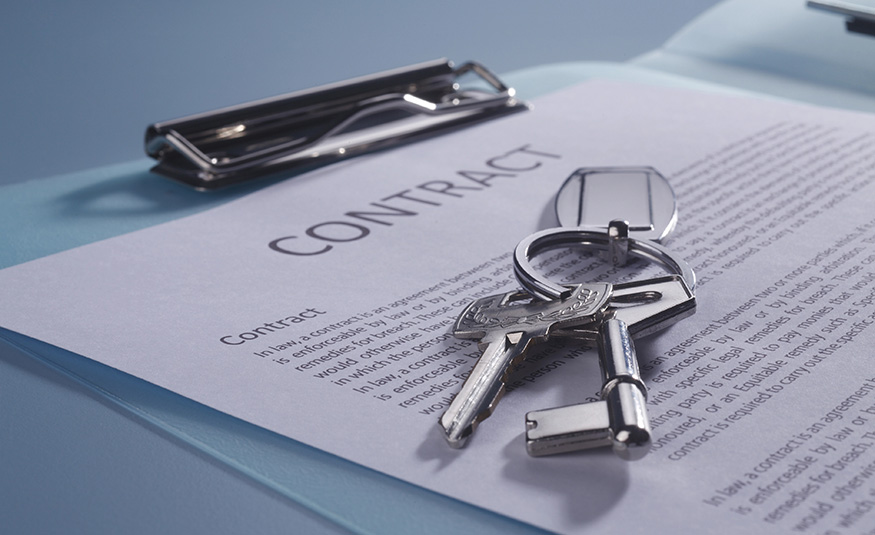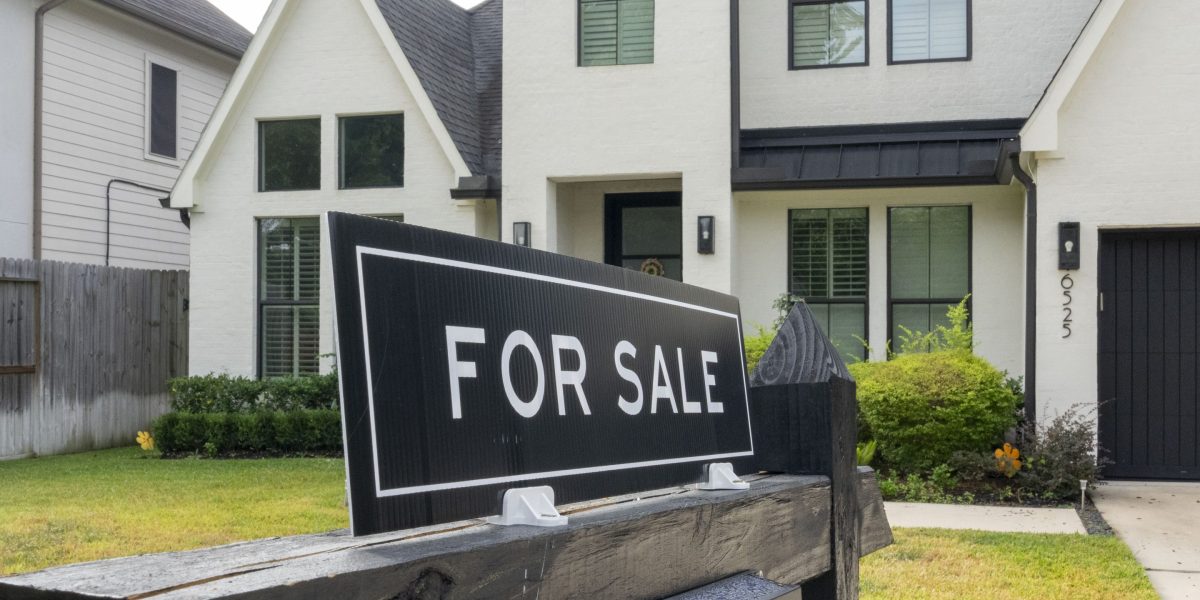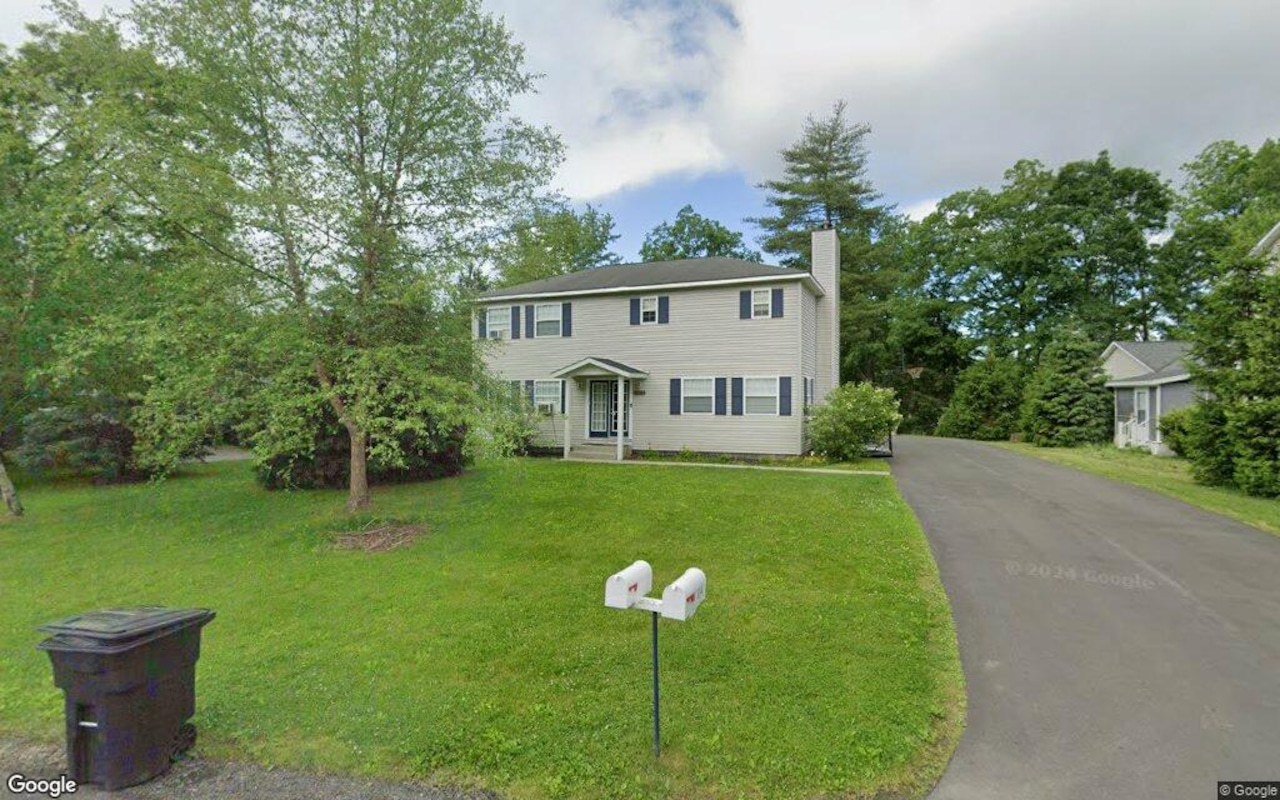T
ax Strategies for Rental Property Owners
As a savvy investor, you're likely aware of the tax benefits that come with owning rental properties. One key advantage is the ability to deduct expenses associated with managing and maintaining your properties, from insurance and mortgage interest to equipment and travel. However, there's an often-overlooked strategy that can significantly lower your taxable income: depreciation.
Depreciation is the loss of an asset's value over time, and investors can claim this value as a tax deduction for the entire expected life of the property. For residential buildings, the IRS deems this to be 27.5 years, while commercial properties are depreciated over 39 years. By accelerating depreciation deductions through cost segregation studies, you can increase cash flow and reduce your tax liability.
A cost segregation study is a detailed review of a building's components, identifying those that can be written off more quickly than the standard timeline. This might include partitions, flooring, electrical systems, or other fixtures with shorter depreciable lives – often five, seven, or 15 years. By reclassifying these assets, you can claim larger depreciation deductions in the early years of ownership.
For example, if a $100,000 investment in interior fixtures can be depreciated over five years, that's an additional $20,000 in annual deductions. With bonus depreciation, which allows for up to 60% of the asset's value to be written off immediately, you can claim even larger deductions in the first few years.
High-income earners and large property owners often see significant tax savings from cost segregation studies. According to Kristel Espinosa, a partner at JLK Rosenberger, her firm has helped clients save seven figures in taxes through this strategy. While hiring a professional for a cost segregation study can be costly – typically ranging from $5,000 to $20,000 or more – the tax savings can easily outweigh these expenses.
For instance, Espinosa shared an example of a client who saved $1.8 million in taxes after investing just $10,000 in a cost segregation study. This is not an isolated case; her firm has seen clients save anywhere from $50,000 to $150,000 or more per $1 million in building cost through this strategy.
While every property won't benefit equally from cost segregation studies, commercial properties tend to yield the most significant tax savings due to their complexity and number of components. To maximize benefits, focus on new properties or major renovations, and avoid double-dipping on already classified assets. By working with a CPA and cost segregation specialist, you can ensure accurate studies and defend against audits.
In conclusion, cost segregation studies offer a powerful tool for rental property owners looking to minimize their tax liability. By accelerating depreciation deductions and claiming larger write-offs in the early years of ownership, you can increase cash flow and reduce your taxable income. With careful execution and strategic planning, this strategy can yield significant tax savings – even for smaller investors.













